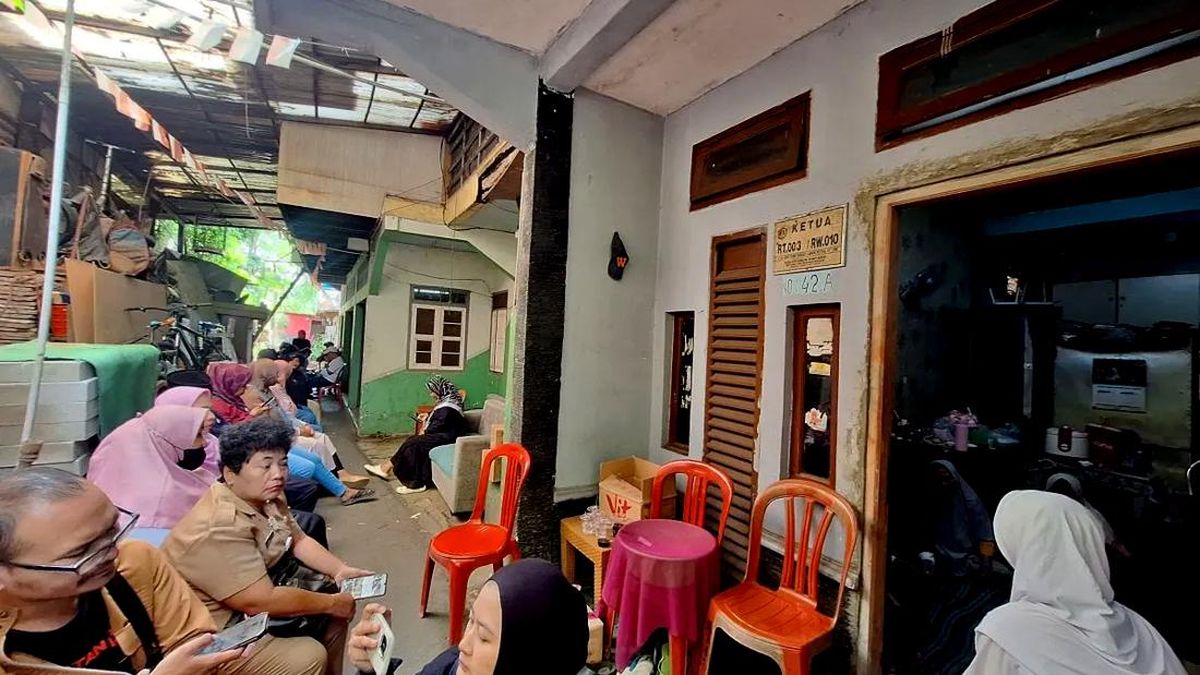The Growth Areas Public Transport Fund, which raises cash from developers building homes on the city’s fringe, grew from $431.1 million on June 30, 2023 to $637.6 million on June 30, 2025.
“Trust account balances have increased significantly in recent years because the funds collected through the levies and other dedicated revenue and income sources have not been spent,” the VAGO’s report said.
“Agencies may not be spending funds promptly for their intended purpose, leaving community expectations unmet.”
Auditor-General Andrew Greaves said the growing funds, which add to state’s balance sheet, were risky because they could hide underlying problems with Victoria’s finances.
These unspent trust funds have already reduced the state’s reported amount of net debt and improved the report operating result, which the government uses as key indicators of its financial management. The Allan government has widely been criticised for the state’s ballooning debt levels, and that is set to be a key issue at next year’s state election.

Victorian Auditor-General Andrew Greaves.
Opposition public transport spokesperson Sam Groth said funds from Growth Area Infrastructure Contributions (GAIC) should be used to cater for Victoria’s rapidly increasing population.
“Year after year Labor hoards GAIC funds to prop up their budget instead of investing into critical infrastructure for growing communities,” he said.
A government spokesperson told The Age: “The Victorian economy is strong, and we are focused on the things that matter most to Victorians – helping with the cost of living and supporting families, jobs and businesses while we open up major projects like the Metro Tunnel and West Gate Tunnel.
“Because of our strong economic management and fiscal discipline, we are one of only three states in Australia forecasting an operating surplus this year.
Loading
“Jess Wilson is presiding over an $11.1 billion black hole in her plans, and it means one thing: cuts to pay for it. Cuts to schools. Cuts to hospitals. Cuts to services.”
The Age revealed this month the government was seeking changes to infrastructure contributions that would allow the money to be spent outside the areas they are collected, if the money is for infrastructure “that services the growth area but cannot reasonably be located in it”.
The government is also sitting on a report written in consultation with the property industry that canvasses a new statewide infrastructure charge, which it wants to use to keep up with demand as it encourages more housing development around developed areas.
Another key issue raised by the Auditor-General’s office was how the government reported on its COVID Debt Repayment Plan, which included a suite of taxes that would run for 10 years and offset the $31.5 billion in debt accumulated during the pandemic and $12.7 billion in associated interest expenses.
So far, these new tax measures have raised $4.3 billion since 2023, split between the government’s additional levy on payroll tax and an expansion of land taxes.

Premier Jacinta Allan. Victoria’s net debt is forecast to hit $194 billion by 2029, while gross debt is forecast to reach $236.6 billion.Credit: Christopher Hopkins
Another key part of the plan, a Victorian Future Fund set up to act as a giant offset account, has $9.9 billion, which includes $7.9 billion from the partial privatisation of VicRoads and $1.8 billion raised through land sales and investment returns.
However, none of these figures have been detailed until the release of the VAGO’s report, prompting the government to recommend it publicly report progress on the COVID Debt Repayment Plan.
The VAGO said the government had taken initial sets to address its financial challenges, but wants the state to put a greater focus on long-term support.
Loading
Victoria’s net debt is forecast to hit $194 billion by 2029, while gross debt, which covers a broader range of government services and bodies, is forecast to reach $236.6 billion. By this time, interest expenses are forecast to be $9.2 billion a year.
Monday’s report also detailed how the Allan government has spent $590 million bailing out its domestic building insurance program.
This was because the domestic building insurance scheme was running at a $490 million loss within the Victorian Managed Insurance Authority (VMIA) and responsibility for the program has been transferred over to the new Building and Plumbing Commission.
The bailout was required to stop the commission having to report a $490 million debt on its balance sheet, with the remaining $100 million used to support the rest of the transfer of responsibilities.
Since 2022 and the collapse of home builder Porter Davis, claims for domestic building insurance have remained at high levels, increasing from 680 claims in 2015-16 to peak at 4459 claims in 2022-23. There were 2703 claims in 2024–25.
Over the past decade, the average claim has risen from $46,000 to $77,500.
VMIA chief executive Andrew Davies on Monday told a parliamentary inquiry there had been a 6 to 7 per cent increase in claims in 2024-25 and that was “quite materially more than we expected”.
The VMIA had budgeted $792.5 million but spent $993.3 million, largely because of the explosion of domestic building insurance claims.

















































